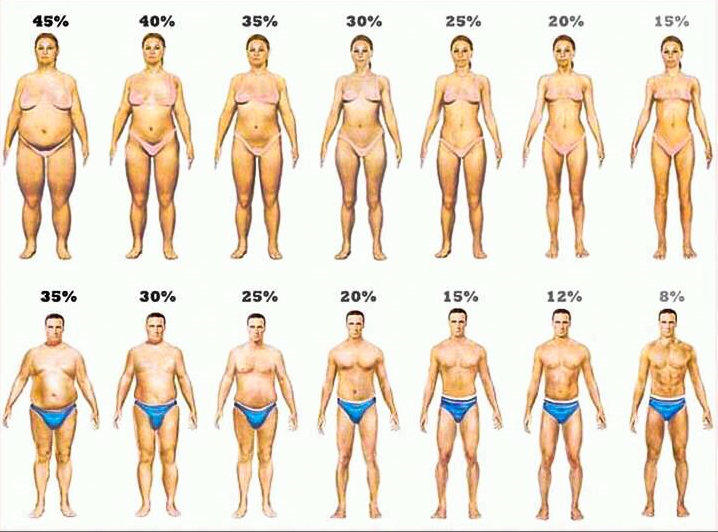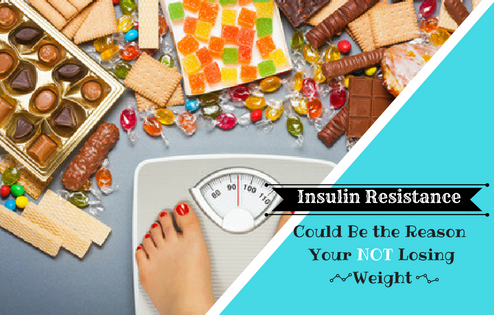
Insulin Resistance – The Key Factor You Should Consider
When I began my body transformation I weighed in at 278lbs with 40% body fat. I finally hit rock bottom and reached a point that triggered a change in my life. I began putting great effort into my diet, making sure to hit my hours of cardio and double checking my calories were counted right. I did this for 3 months motivated to change but to my frustration, saw minimal progress. I didn’t get what I was doing wrong!! I kept researching and discovered that my body had Insulin Resistance, and this was something I needed to consider. Have you been trying to lose weight but are seeing little progress for all your efforts? Don’t worry you are not alone, I was right there myself. Let’s discuss a key factor to weight loss millions around the world have and don’t even know it.
What is Insulin Resistance?
I want to take a moment to explain insulin resistance and give you a better picture of its negative effects but first, we need to better understand what Insulin does.
Any time you eat a meal that has higher amounts of carbohydrates will cause the levels of circulating blood sugar to raise. This will make your pancreas release a hormone called Insulin, with the job of reducing the amount of circulating blood sugar. This is very important since high amounts of blood sugar can be toxic to the body. Insulin is also given the task of shuttling nutrients into different parts of the body. A good metabolism needs Insulin to be working properly; it is one of our key hormones. But problems begin to be seen when we are constantly eating heavy carb meals on a daily basis.
Examples of this would look like a breakfast consisting of orange juice, oatmeal, and bananas. A lunch of a sandwich, chips, and a soda, and a dinner of a bowl of pasta with bread rolls.
This can be a typical day of eating for people all over the country, and when you break it down, much of these foods are high in carbohydrates. After each meal is consumed the process of digestion will begin, with the end result of the body turning the majority of these meals into a form of a sugar. This can cause larger amounts of insulin to be released, leading to constantly having elevated insulin – a term called Hyperinsulinemia. Now imagine eating that way on a daily basis for several years; that’s one of the ways to develop Insulin Resistance! Developing this syndrome begins a negative chain reaction in your health, that if not managed, could have a tragic end.
One of the main problems seen with Insulin Resistance is that it reduces the ability of the cell receptors in our body to use insulin. This happens because the body has become overloaded with insulin over the years and is getting numb to its effects. (1) The body begins to build a tolerance to insulin just like an alcoholic will build a tolerance to alcohol. When this happens, the pancreas must pump out even higher levels of insulin to be able to drop the sugar in the blood. Daily over consumption of carbs has now caused the body to develop Insulin Resistance Syndrome and the same amounts of insulin that once worked are no longer enough. The cell receptors no longer have the proper insulin connection they need to receive energy. But the problems don’t end there; the pancreas may eventually lose its ability to continue to pump out such high levels of insulin leading to drastically high levels of blood sugar seen in Type 2 Diabetes.
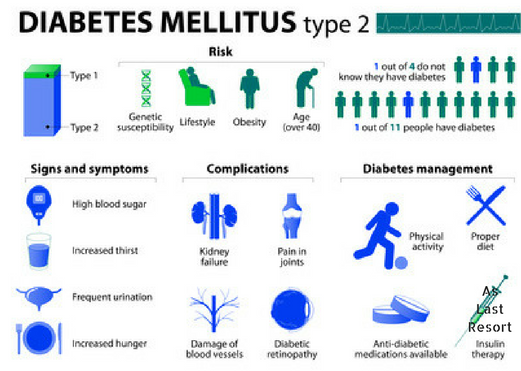 If a person who has already developed insulin resistance continues along the same diet and lifestyle that got them there, then they will most likely develop Type 2 Diabetes. Many studies have shown that this will increase the risk of heart disease (2) some by up to 93%! Type 2 Diabetes is starting to become a global problem as more and more countries begin to adopt the convenience of the Western diet that provides fast and cheap meals. For decades people sacrificed the quality of their food just to save time and money and the effects are starting to show. There are other serious diseases that are linked to insulin resistance, some are Metabolic Syndrome, PCOS, Alzheimer’s and even cancer. (3)
If a person who has already developed insulin resistance continues along the same diet and lifestyle that got them there, then they will most likely develop Type 2 Diabetes. Many studies have shown that this will increase the risk of heart disease (2) some by up to 93%! Type 2 Diabetes is starting to become a global problem as more and more countries begin to adopt the convenience of the Western diet that provides fast and cheap meals. For decades people sacrificed the quality of their food just to save time and money and the effects are starting to show. There are other serious diseases that are linked to insulin resistance, some are Metabolic Syndrome, PCOS, Alzheimer’s and even cancer. (3)
How can you tell if you have insulin resistance?
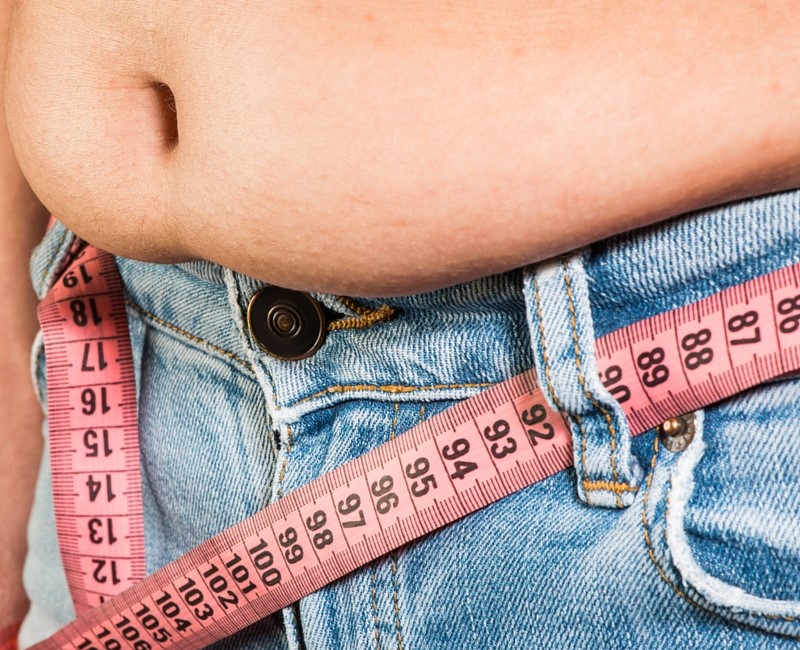 One of the best ways to know if you have this serious problem of insulin resistance is to have your doctor run a fasting insulin test. Unfortunately, these can be a bit pricey, so if that’s not an option then just look down and take a look at your belly size. If your currently obese and have increased belly fat like I did, then most likely you have a form of insulin resistance. Another more accurate way to see if you have insulin resistance is to check your ratio of Triglycerides to HDL cholesterol. You can do this by having your doctor run a standard lipid panel, then divide the number of triglycerides by the number of HDL-C and if the result is greater than 3.0 then you may have Insulin Resistance. There is also a link between skin tags as a possible sign of insulin resistance. So, if you have more than three skin tags that have recently shown up, then consider insulin resistance as a possible cause.
One of the best ways to know if you have this serious problem of insulin resistance is to have your doctor run a fasting insulin test. Unfortunately, these can be a bit pricey, so if that’s not an option then just look down and take a look at your belly size. If your currently obese and have increased belly fat like I did, then most likely you have a form of insulin resistance. Another more accurate way to see if you have insulin resistance is to check your ratio of Triglycerides to HDL cholesterol. You can do this by having your doctor run a standard lipid panel, then divide the number of triglycerides by the number of HDL-C and if the result is greater than 3.0 then you may have Insulin Resistance. There is also a link between skin tags as a possible sign of insulin resistance. So, if you have more than three skin tags that have recently shown up, then consider insulin resistance as a possible cause.
What can I do to Improve my Insulin Resistance?
The sad reality is that millions of people have developed this serious issue by following the standard American diet. The good news is that it insulin resistance can be improved by making the right changes to your lifestyle. This is where the X-factor in your story comes into the picture, I am talking about your brain! It will take a transformation of the mind to be able to see a transformation of the body. The real question is if your willing to make the changes needed to reach your goals of health and fat loss?
The best ways to improve insulin resistance, that also happens to be the toughest for many, is to reduce the consumption of carbs. It’s pretty clear that excess sugar is the biggest causes of this serious problem, so that’s the first to go. Also, by adding exercise to your plan, especially heavy resistance training, will help improve it. (4) Weight lifting helps by burning your muscle glycogen and thus, opening up space for any excess sugar in the blood to be absorbed. Another helpful tool to improve this syndrome is to apply Intermittent fasting the correct way, which we will address in another post.
You want to do all you can to reverse your insulin resistance and improve your insulin sensibility!! What is insulin sensibility you ask? This in when your cells receptors are very responsive and sensitive to the smallest amount of insulin in the bloodstream, which is what we want! This allows your body to rapidly reduce the blood sugar levels with minimal amounts of insulin being released.
The reason reducing insulin is so crucial for weight loss is that insulin is the fat/energy storage hormone. That is why we want to make sure it’s not elevated, and a smart way to manage it is to use our nutritional choices. When we eat a diet that is low-carb, we drop the levels of insulin low enough to release the hormone Glucagon which allows stored energy to flow out and be burned. This allows our bodies to use our fat/energy stores as fuel instead of constantly storing up more fat/energy. (5)
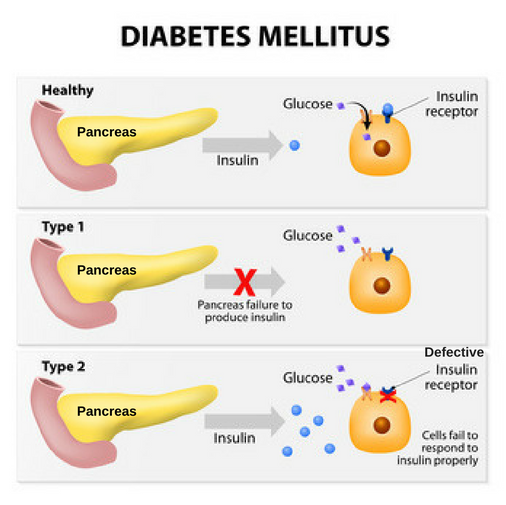 Just to give you an idea of why insulin is such a big factor for weight loss we can look at people with type 1 diabetes. These people are born with a pancreas that unfortunately can’t produce insulin. In some of them, a clue to their diagnosis was that they were thin, tired and had trouble putting on weight. An untreated Type 1 Diabetic can eat and eat but they don’t put on much weight. This is because they don’t have the ability to secrete the hormone insulin that is needed for the use and storage of energy. This is a big problem for Type 1’s because they don’t get the nutrients their cells need and so they have to inject themselves with insulin to be able to absorb the nourishment. The majority of us living in modern cultures have the opposite problem, we have too much insulin being secreted leading to issues with insulin cell receptors.
Just to give you an idea of why insulin is such a big factor for weight loss we can look at people with type 1 diabetes. These people are born with a pancreas that unfortunately can’t produce insulin. In some of them, a clue to their diagnosis was that they were thin, tired and had trouble putting on weight. An untreated Type 1 Diabetic can eat and eat but they don’t put on much weight. This is because they don’t have the ability to secrete the hormone insulin that is needed for the use and storage of energy. This is a big problem for Type 1’s because they don’t get the nutrients their cells need and so they have to inject themselves with insulin to be able to absorb the nourishment. The majority of us living in modern cultures have the opposite problem, we have too much insulin being secreted leading to issues with insulin cell receptors.
So, it seems clear to me that a key factor to consider is the reduction of insulin levels in the body. This can better allow us to swing open the gates to health and fat loss. I am not the only one who sees the connections, this study published in the Journal “Cell Metabolism”, (6) showed the links between insulin resistance and obesity. The evidence is growing; people are realizing they can improve Insulin Resistance by reducing the carbs in their diet. I had to learn the hard way, if I had high amounts of carbohydrates in my diet then I wouldn’t see progress. Even with all my efforts of cardio and counting every calorie I ate – my progress stalled. This was all due to my Insulin Resistance, the good news is that I learned and changed the food I ate that helped me reach my goals. I used the strategic methods in 5th Stage Keto to drop 60lbs of pure fat in 7 months! More importantly, I was able to improve my key heath markers along the way. Changing your body from the inside out at a cellular level is the answer to long-term health and weight loss.
If you want to get a step-by-step guide to do your own body transformation, then see what is included in 5th Stage Keto!
It may be exactly what you need to finally see progress!
References:
- Bonadonna RC, Leif G, Kraemer N, Ferrannini E, Prato SD, DeFronzo RA. “Obesity and insulin resistance in humans: a dose-response study.” 1990;39(5):452–9. pmid:2186255
- Haffner SM,Mykkänen L, Festa A, Burke JP, Stern MP. “Insulin-resistant prediabetic subjects have more atherogenic risk factors than insulin-sensitive prediabetic subjects: implications for preventing coronary heart disease during the prediabetic state.” Circulation 2000 Mar 7;101(9):975-80.
- Rose DP,Gracheck PJ, Vona-Davis L. “The Interactions of Obesity, Inflammation and Insulin Resistance in Breast Cancer.” Cancers (Basel). 2015 Oct 26;7(4):2147-68. doi: 10.3390/cancers7040883.
- DeFronzo RA,Sherwin RS, Kraemer N. “Effect of physical training on insulin action in obesity.” Diabetes 1987 Dec;36(12):1379-85.
- McCrory M. A., Fuss P. J., McCallum J. E., Yao M., Vinken A. G., Hays N. P., Roberts S. B. “Dietary variety within food groups: association with energy intake and body fatness in men and women.”The American Journal of Clinical Nutrition. 1999;69(3):440–447.
- Saltiel, “A.R. Insulin Resistance in the Defense against Obesity.” Cell Metab. 6 June 2012;15(6):798-804.

